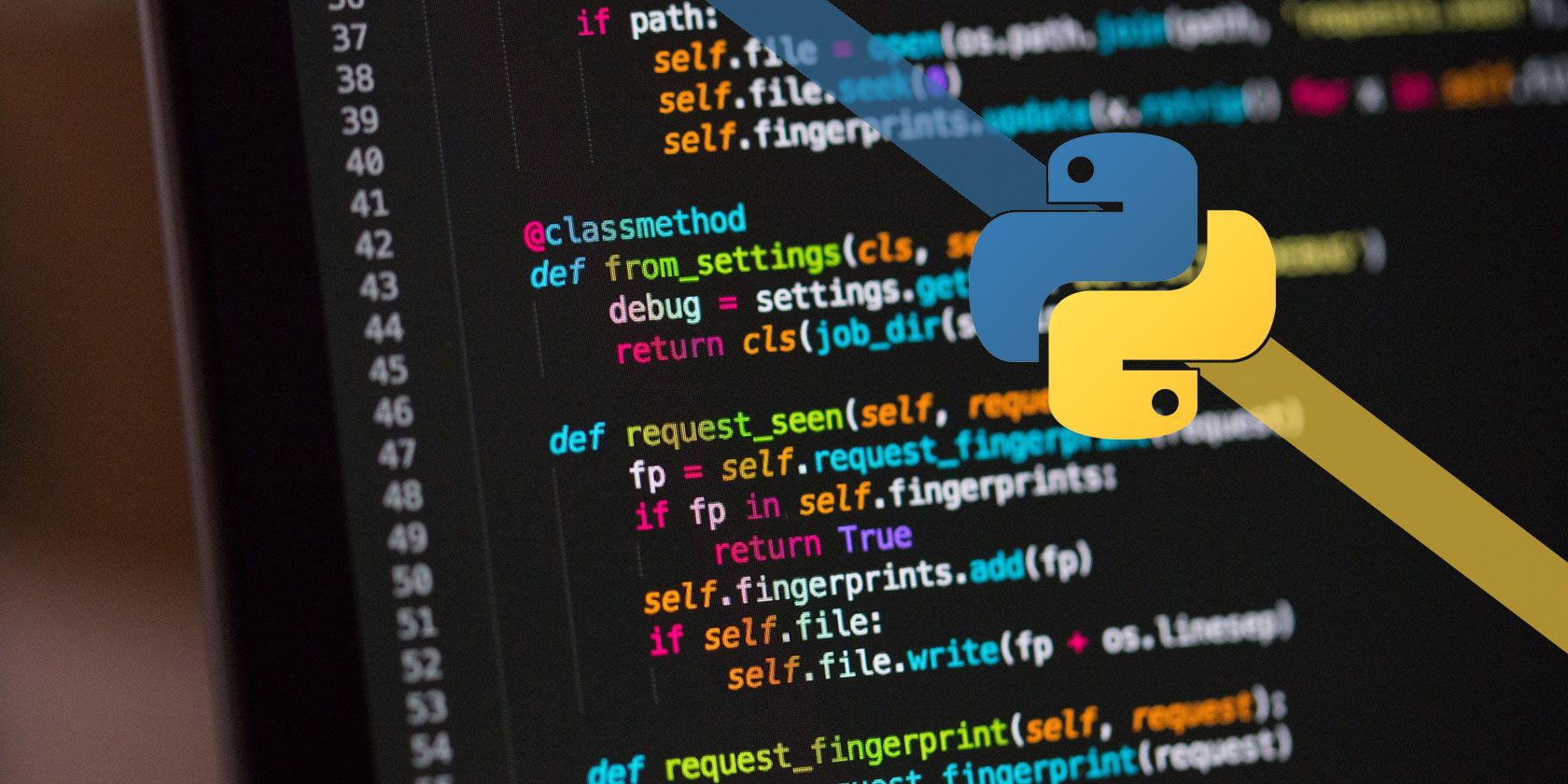Hey readers! Welcome to Trendphobia. Python, known for its simplicity and versatility, has become a staple in the world of programming. Whether you’re a beginner or an experienced coder, Python offers a wide array of capabilities that make it an ideal choice for projects of all sizes. In this blog post, we’ll delve into the key aspects of Python programming, from its basic syntax to advanced topics, highlighting its significance and practical applications.
Introduction to Python: A Gentle Start

Python’s clean and readable syntax is what often attracts beginners. It reads like plain English, making it easy to understand and write. Variables, data types and basic operations are the building blocks of Python programs.
Control Structures and Flow Control
Learn how to use conditional statements (if, elif, else) and loops (for, while) to control the flow of your program. This section will guide you through decision-making processes and repeated tasks.
Functions: Reusability at its Best

Functions in Python allow you to encapsulate code into reusable blocks. Explore how to define functions, pass arguments and return values. Also, discover the concept of scope and how it affects variable visibility.
Data Structures: Organizing Information
Python offers versatile data structures like lists, tuples, sets and dictionaries. Understand their characteristics, use cases and operations and learn how to manipulate data effectively.
Object-Oriented Programming (OOP)

Dive into the world of OOP with Python. Learn about classes, objects, inheritance and polymorphism. OOP enhances code organization, reusability and maintenance.
File Handling and Input/Output in Python Programming
Files are essential for data storage and retrieval. Explore how to read from and write to files using Python and understand various file modes and methods.
Also read Cybersecurity: Safeguarding Your Digital World
Libraries and Modules

Python’s strength lies in its extensive libraries and modules. Discover how to leverage external code to enhance your projects, from mathematical calculations (NumPy) to data visualization (Matplotlib) and web development (Django).
Exception Handling
Errors are inevitable, but Python’s robust exception handling mechanism allows you to gracefully handle them. Learn about try except and finally blocks to create more reliable programs.
Advanced Topics: Threading, Networking and More
Explore more advanced topics such as multithreading for concurrent execution, network programming using libraries like Socket and an introduction to regular expressions for pattern matching.
Building a Practical Project: Applying Your Knowledge
To solidify your understanding, embark on a practical project. Choose an area that interests you, whether it’s building a web scraper, a simple game or a data analysis tool. Applying what you’ve learned will deepen your expertise.
Also read Google Marketing: Unlocking the Power
Best Practices and Coding Style

Writing Pythonic code is not just about getting the program to work it’s about writing clean, readable and maintainable code. Learn about PEP 8, Python’s official style guide and follow best practices.
Resources for Further Learning
Python’s vast community ensures there’s no shortage of learning resources. Find recommended books, online courses and communities to help you continue your journey.
Also read Digital Twins: Unveiling Revolutionary Applications
conclusion
Python’s versatility, ease of use and powerful libraries make it a favorite among programmers of all levels. Whether you’re just starting or looking to expand your skills, Python has something to offer. By grasping the fundamentals and exploring its advanced features, you’ll unlock endless possibilities in the world of programming. Happy coding💻
For more Interesting Tech blog follow Trendphobia.
Thanks for reading☺️
You may also read
- ChatGPT vs. Writers: Will AI take over content writer?
- Predictive Analytics: Making Sense of the Future with Data
- Wireless Chargers of iPhone: Exploring the Future
- 3D Printing Technology
- Space Technology and Satellite Communications
